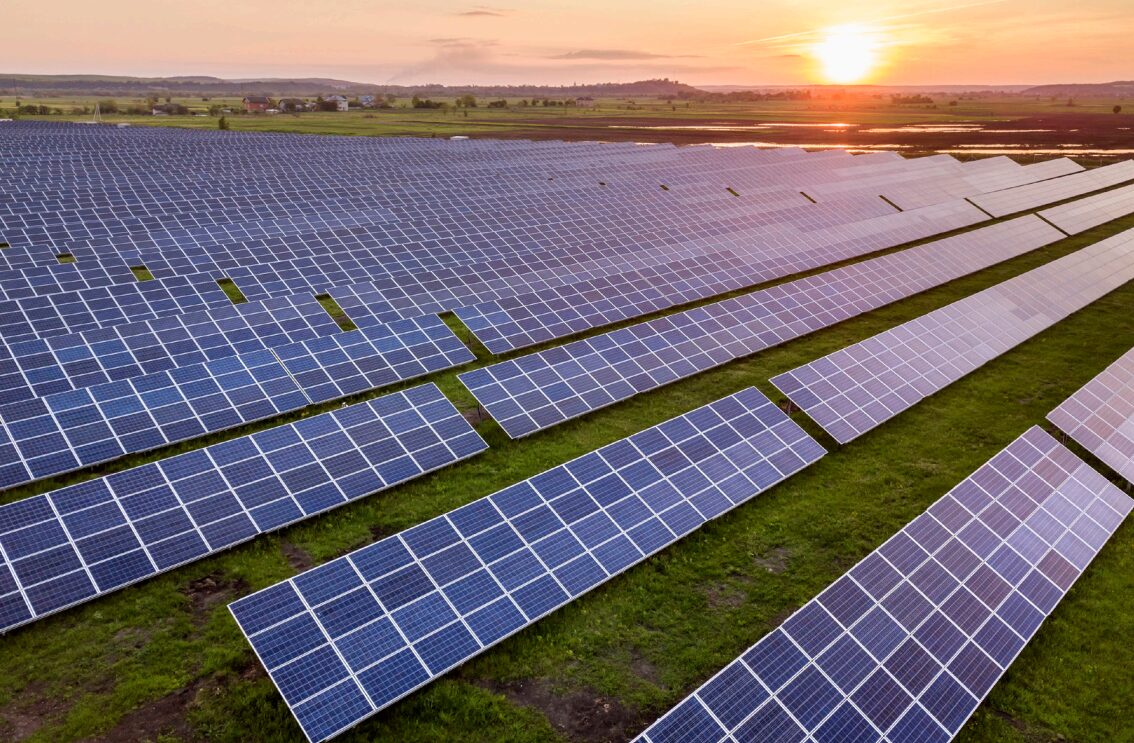By Mr. Jai
With the changing energy landscape on a global level towards clean and sustainable resources, solar power has become a sought-after solution to cater to increasing power needs without harming the environment. Yet, the performance and efficiency of solar power systems are highly reliant on the integration of cutting-edge technologies, among which data analytics is also a central factor in enhancing performance, improving maintenance policies, bettering grid integration, and making informed decisions. Here, Mr. Jai, CEO of Galo Solar, will discuss how data analytics is transforming residential solar through improved system performance, smarter energy usage, and assisting homeowners in achieving maximum value out of their solar installations.
Helpful in Performance Optimization and Forecasting
Analytics based on data facilitates predictive and real-time analysis of solar systems. Sensors embedded within photovoltaic (PV) panels, inverters, and weather stations gather billions of bytes of data. Analytics solutions use this data to monitor system performance on a constant basis. System performance is monitored by tracking parameters like irradiance, temperature, output voltage, and current to identify inefficiencies or anomalies. Historical and current data are analyzed by machine learning algorithms to make reliable forecasts of solar energy generation. These predictions are important for both rooftop and utility-scale solar systems, ensuring that energy companies can balance supply and demand and minimize fossil fuel-based backup system dependence. Predictive modeling enables proper planning and the integration of solar power into the overall energy grid.
Predictive Maintenance and Reduced Downtime
One of the most practical applications of data analytics in solar energy is predictive maintenance. Rather than relying on scheduled checks or reacting to failures, data-driven maintenance strategies anticipate potential issues before they cause downtime. For instance, data can signal inverter failures, shading on panels, or degradation of specific modules, allowing technicians to intervene proactively. This shift from reactive to predictive maintenance minimizes operational disruptions, lowers repair costs, and extends the lifespan of solar equipment. It also contributes to higher return on investment for solar project developers and investors.
Enhances Grid Integration and Load Balancing
Integrating solar energy into national or regional power grids presents challenges due to its intermittent nature. Data analytics helps manage this variability by providing grid operators with real-time insights into energy generation patterns. Coupled with demand-side analytics, these insights facilitate smarter load balancing, grid stabilization, and efficient use of battery storage. Furthermore, analytics platforms can coordinate distributed energy resources (DERs) such as rooftop solar systems. By analyzing usage patterns and generation data, operators can optimize the flow of electricity across the grid, reducing bottlenecks and energy losses.
Improves Financial and Policy Decisions
Data analytics also plays a vital role in financial modeling, project planning, and policy formulation. For solar developers, analyzing solar irradiance data, local climate conditions, and consumption patterns can help determine the ideal location, size, and orientation of installations. This data-driven approach increases the economic viability of projects and supports long-term profitability. At the policy level, governments and regulatory bodies use analytics to assess solar energy’s contribution to climate targets, track subsidy efficiency, and design incentive structures. Accurate data helps policymakers to identify regions with untapped solar potential and craft targeted programs to encourage adoption.
Drives Innovation and Consumer Engagement
Data-driven insights are paving the way for innovations in solar technology and customer engagement. Smart solar inverters and energy management systems provide users with real-time dashboards showing energy generation, usage, and savings. This transparency encourages energy conservation and empowers consumers to make informed choices. Additionally, startups and tech companies are leveraging AI-powered analytics to develop tools that enhance solar forecasting, automate system diagnostics, and optimize energy storage systems.
Data analytics is revolutionizing the solar energy sector by making systems smarter, more efficient, and more reliable. From performance monitoring to grid management and financial planning, analytics empowers stakeholders across the solar ecosystem to make better decisions and maximize returns. As solar energy continues to grow in importance, the role of data analytics will only become more integral to achieving a sustainable and resilient energy future.

(The author is Mr. Jai, CEO, Galo Solar, and the views expressed in this article are his own)


